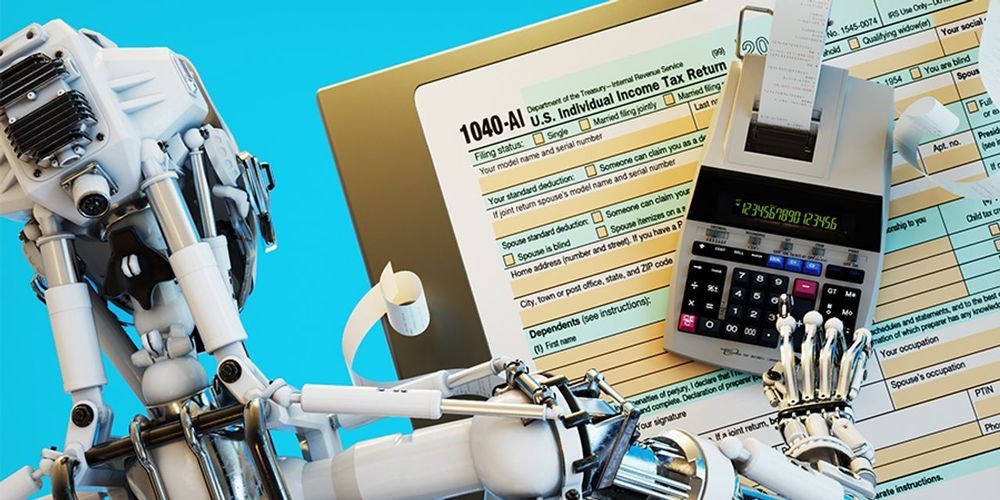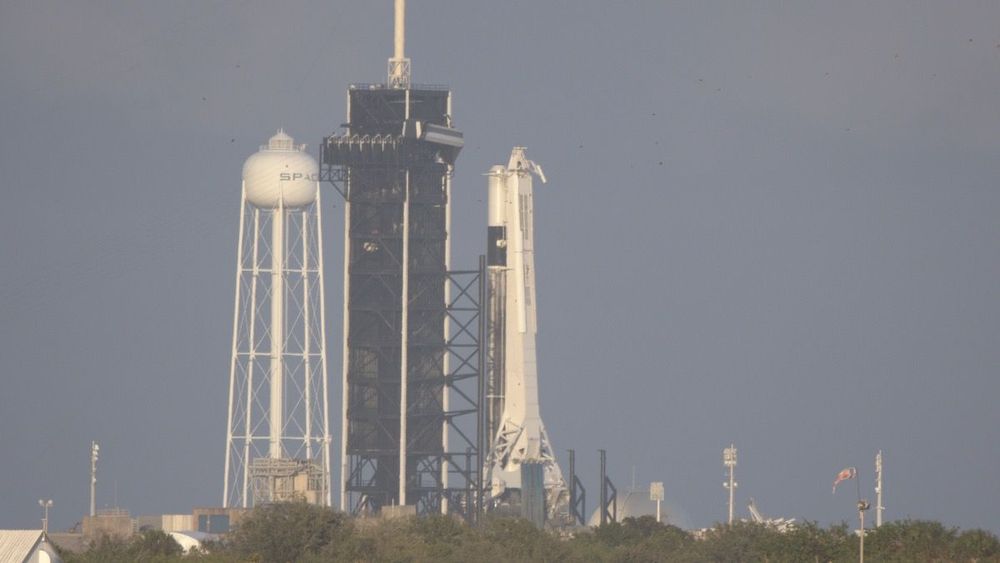Guardian of the Amazon! — Come hear the recent ideaXme (http://radioideaxme.com/) episode where we are joined by Ms. Nemonte Nenquimo, President of the Waorani Pastaza Organization, CONCONAWEP (Coordinating Council of the Waorani Nationality of Ecuador), following their recent landmark legal victory against the Ecuadorian government, leading to 500,000 acres of Amazon rainforest protected from oil drilling and timber companies (English voice over — Spanish audio link to be posted soon) — #Ideaxme #Amazon #Rainforest #Jungle #Ecuador #Waorani #Huaorani #Amerindian #Environment #Trees #Herbal #EthnoMedicine #Sustainability #Ayahuasca #ClimateChange #GretaThunberg #Health #Wellness #Longevity #Aging #IraPastor #Bioquark #Regenerage
Ira Pastor, ideaXme exponential health ambassador, interviews Ms. Nemonte Nenquimo, President of the Waorani Pastaza Organization (CONCONAWEP — Coordinating Council of the Waorani Nationality of Ecuador). This is an English language voice over of Ms Nenquimo’s audio interview.
Ira comments:
Today we have a fascinating guest joining us on the ideaXme show from a rather remote location, to discuss ethnomedicine, environmental conservation and protection, entheogens (the topic of bio-active plant substances for spiritual and religious practices), as well as the themes of bravery and perseverance.
Who Are the Waorani?






